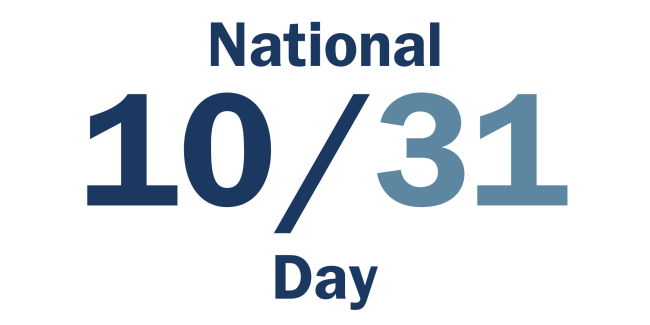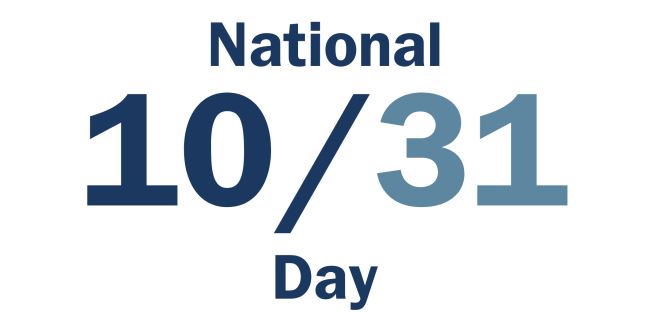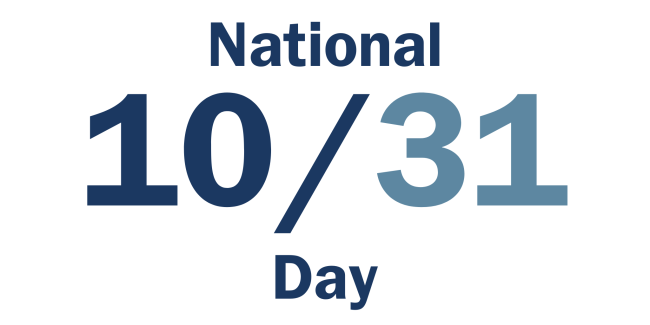1031 Exchanges Across Tax Years
IRC Section 1031 Regulations specify that, “The exchange period begins on the date the taxpayer transfers the relinquished property and ends at midnight on the earlier of the 180th day thereafter or the due date (including extensions) for the taxpayer’s return of tax imposed for the taxable year in which the transfer of the relinquished property occurs.” In other words, an Exchanger generally has 180 days to complete the 1031 Exchange by acquiring Replacement Property(ies), allowing them to defer taxes by reinvesting proceeds.
However, if a 1031 Exchange begins in the second half of the year, specifically after July 5th, it may “straddle” two tax years, meaning the 180-day exchange deadline falls within the next calendar year. For a successful 1031 Exchange fully completed sooner, tax straddling has no impact on the exchange, it only comes into play if the 1031 Exchange continues to hold funds at the time of the https://www.accruit.com/blog/early-release-exchange-funds-possible-unde… possible distribution date under the regulations due to failure to acquire all identified Replacement Property by day 180 and having funds left in the exchange account. This same straddle can also result for exchanges that close on the Relinquished Property sale on or after November 17th. In most cases, an Exchanger cannot get the funds back prior to the expiration of the 45-day identification period, pushing the earliest funds return date until January 1st, or later, of the following year. This same result can occur if there are additional properties identified but not acquired and there are leftover funds in the exchange account.
An additional consideration to be aware of for exchanges initiated after October 18th, Exchangers may not receive the full 180 days due to the April 15th tax deadline unless they https://www.accruit.com/blog/end-year-tax-considerations-2024″>file for a tax extension. To take full advantage of the 180-day period, they would need to submit Form 4868, which grants an additional six months to file income taxes.
What Happens if a 1031 Exchange Fails?
If a 1031 Exchange results, in whole or in part, with any of unused funds remaining, they are returned to the Exchanger, and all applicable taxes have to be paid on those funds. For a 1031 Exchange that starts and ends within the same year, 2024 for example, the Exchanger will be subject to pay the associated taxes as part of their 2024 Tax Return. In the event a 1031 Exchange spanned across two tax years, for example, it was started in 2023 and then resulted in a return of funds in 2024, the Exchanger has the option of which year they want to recognize the “gain” from the Relinquished Property sale (not depreciation recapture and certain other taxes). Default reporting provides that the gain from the sale is recognized in the year the exchange funds are received, rather than the year it was started. In this event, the Exchanger is able to defer the taxes until their 2024 tax filing deadline (April 15, 2025, for individual filings) by applying the IRS Installment Sale rules under Section 453. The reporting of the receipt of the (installment) payment is done via IRS Form 6252. This option provides flexibility, allowing Exchangers to manage tax obligations more effectively and take advantage of tax deferral short-term, even when the exchange results in the Exchanger’s receipt of any funds.
For example, consider a 1031 Exchange initiated on December 1st, 2024. The 45-day identification deadline would fall on January 15, 2025, with the 180-day exchange period ending on May 30, 2025. If the exchange results in unused funds, whether due to non-identification or a lack of full Replacement Property acquisition, the Exchanger will not receive the exchange proceeds back until the subsequent tax year from the start of their exchange, in this example 2025. In this case, the IRS allows Exchangers to choose between reporting the gain in the year of the sale or in the year the proceeds were received through Section 453 installment sale rules. A special election needs to be made to report the gain in 2024 should the Exchanger desire the same. Using the installment sale treatment essentially provides a one-year deferral on payment of tax on the gains from the Relinquished Property.
Another scenario is when an Exchanger acquires Replacement Property(ies) but does not fully utilize exchange funds, resulting in taxable “boot”. By structing the receipt of the boot as an installment sale, an Exchanger can spread the tax liability over time. Instead of paying taxes on the entirety of the boot in the year of the 1031 Exchange, an Exchanger can pay taxes only on the amount received each year under the installment sale.
Common Scenarios Where a 1031 Exchange Fails and How Installment Sale Treatment Can Help
Several scenarios can lead to the failure of a 1031 Exchange, but in some cases, installment sale treatment may provide an alternative tax-deferral strategy:
Failure to Identify Replacement Property: The Exchanger may be unable to identify Replacement Property(ies) within the required 45-day period and the expiration of the identification period crosses into the following tax year
Failure to Acquire Identified Properties: The Exchanger identifies Replacement Property(ies) within the 45-day period but does not acquire any by the 180-day deadline.
Failure to Expend all the Exchange Funds: Replacement Property has been acquired, but additional property has been identified, and excess funds still remain in the account, but the Exchanger does not wish to acquire any additional property.
In all of these cases, opting for installment sale treatment can help reduce the immediate tax burden, provided the initial intent to complete a 1031 Exchange is maintained.
Considerations for Determining Which Year to Report the Failed Exchange
Some of the considerations for which tax year to report and pay the gain include:
Reporting in Year of Returned Funds (latter year)
The “time value of money”, i.e. all things being equal, most people would rather pay tax a year later and have those funds working for them without penalty for the year
The Exchanger may believe that the capital gain rates might be lowered in the next tax year
An Exchanger may have a change in income coming up, such as retiring or some other event, that might push him into a lower tax bracket in the following year
Reporting in Year of Property Sale
The Exchanger may have losses in the year of sale that she might be able to offset against the taxable gain.
The Exchanger may believe that capital gain rates may be higher in future years and may want to pay the tax at the current rate rather than risk paying them later when I higher rate may be in effect.
Understanding the Pros and Cons of Choosing Installment Sales
Choosing the installment sale route carries no IRS penalties and adds flexibility, which is particularly beneficial when an exchange crosses into a new tax year and funds are returned in that year. The IRS considers installment sale treatment the default reporting method for an unsuccessful exchange that straddles tax years unless the Exchanger specifically elects to report the gain in the year of the Relinquished Property sale.
However, an installment sale can have drawbacks, including:
Debt paid off at the closing of the Relinquished Property, gain associated with the debt is typically recognized in the year of sale, leading to immediate tax liabilities.
Depreciation recapture under Sections 1245 or 1250 is taxed as ordinary income, potentially resulting in a significant tax burden. If the sale price exceeds $150,000 and installment obligations exceed $5 million, interest is charged on the deferred taxes, raising the overall cost.
It is important to note that the rules governing Section 453 installment sales are specific. Installment sales do not apply to all transactions, and they do not defer any gain related to debt relief.
1031 Exchanges that span across two tax years require careful planning and consideration to ensure the Exchanger can fully benefit from IRS rules, including installment sales under Section 453. Installment sales offer a valuable benefit for deferring taxes should an exchange fail, or significant exchange proceeds remain unused. It is essential to consult with tax and/or legal advisors to fully understand to concepts covered in this blog.
Consulting advisors to work in combination with a highly credentialed Qualified Intermediary such as Accruit can help Exchangers make informed choices and better manage tax their implications associated with the sale of real estate investments.
The material in this blog is presented for informational purposes only. The information presented is not investment, legal, tax or compliance advice. Accruit performs the duties of a Qualified Intermediary, and as such does not offer or sell investments or provide investment, legal, or tax advice.









